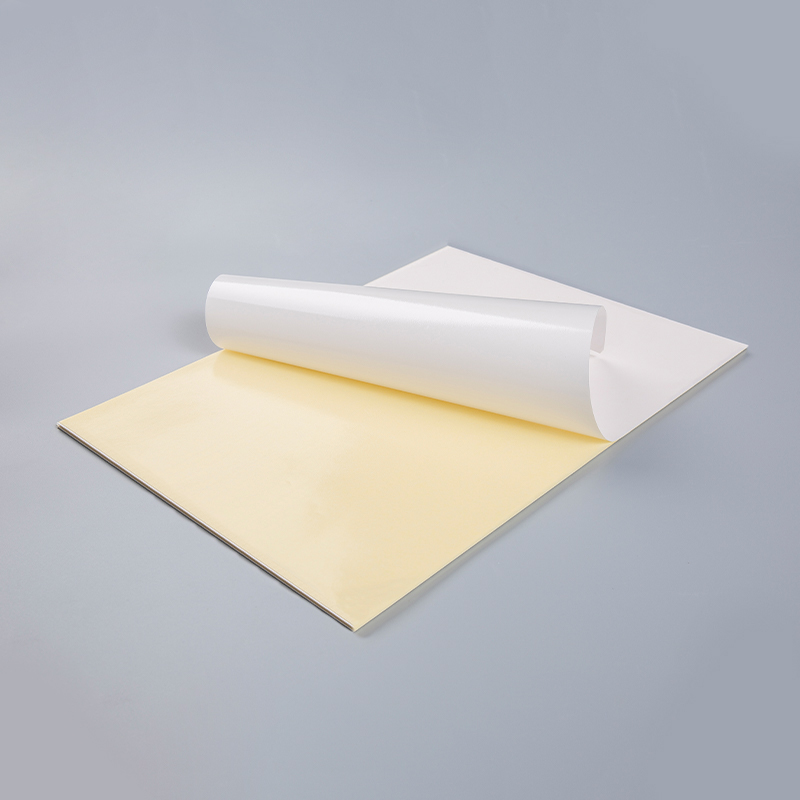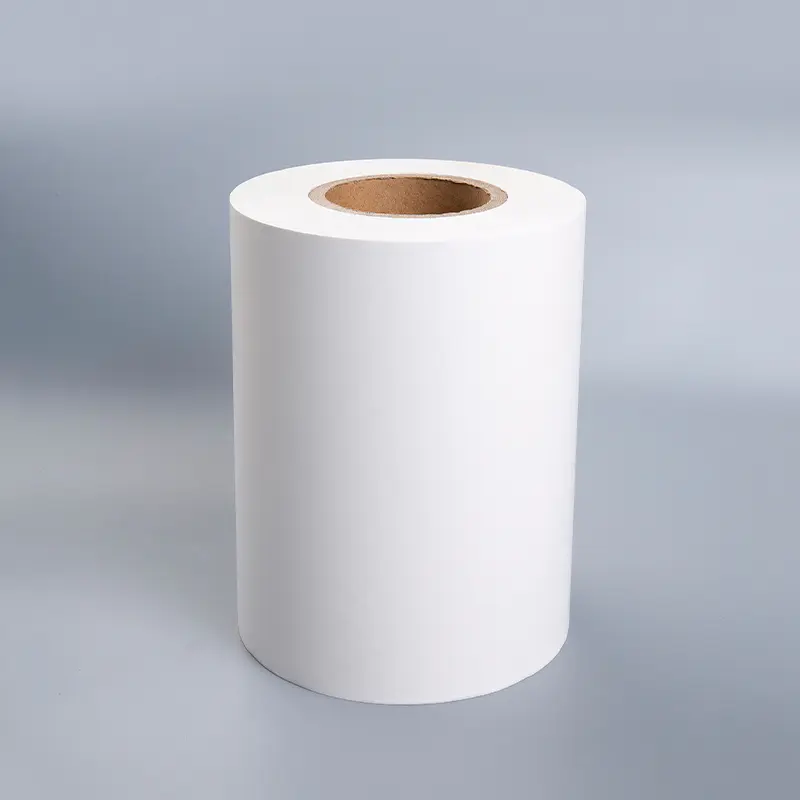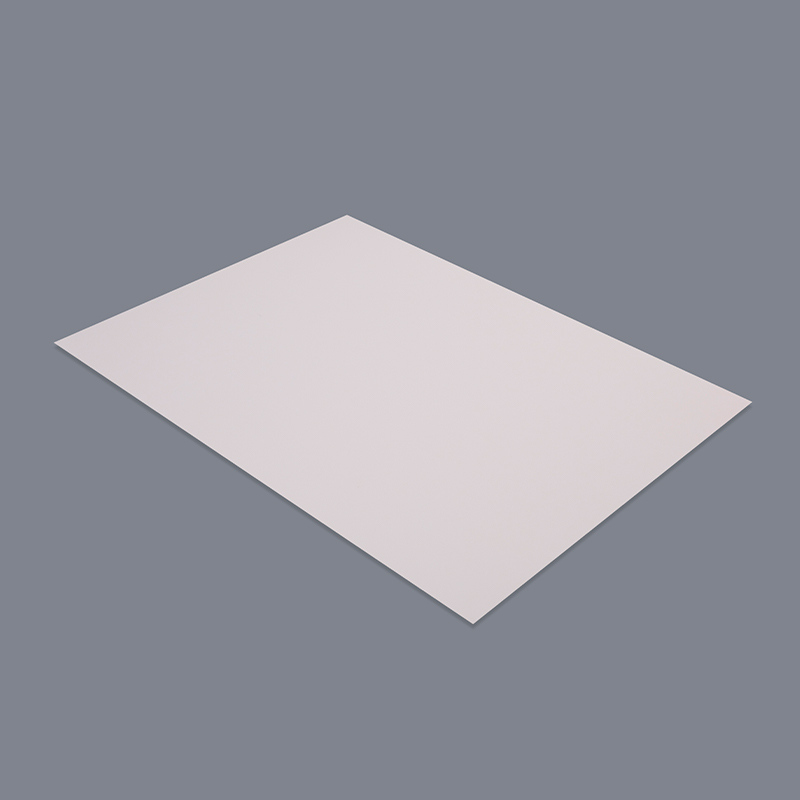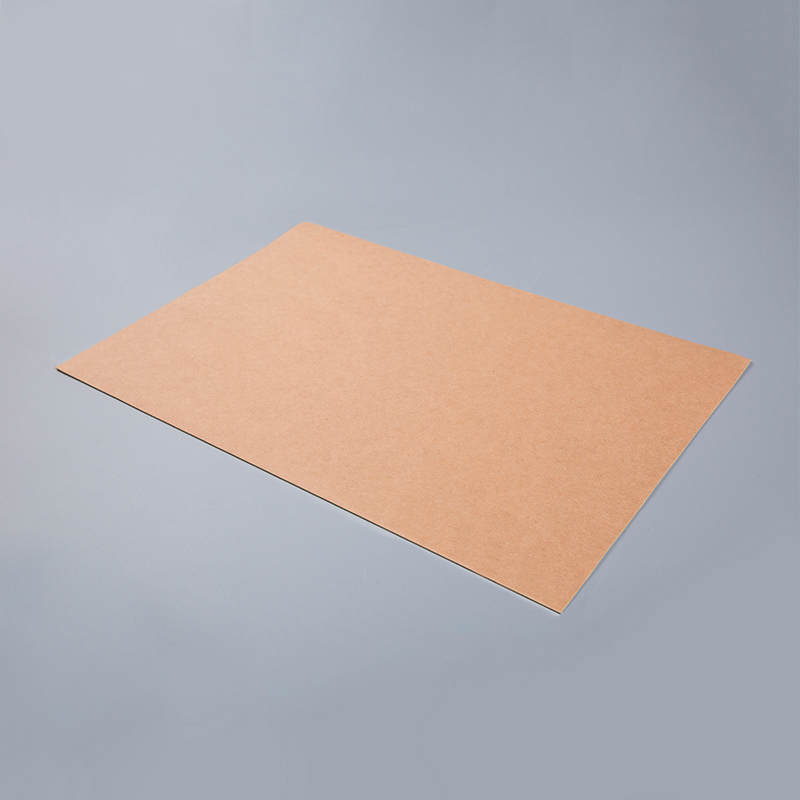Holographic film is a visually striking material that has gained immense popularity across various industries due to its unique optical properties and versatility. Characterized by its ability to reflect light in multiple colors and create a dynamic, three-dimensional effect, holographic film offers a combination of aesthetic appeal and functional benefits that make it highly desirable for a wide range of applications.
One of the most notable advantages of holographic film is its captivating visual effect. The reflective surface interacts with light to produce rainbow-like patterns that shift depending on the angle of viewing and lighting conditions. This eye-catching quality makes the material highly suitable for decorative applications, marketing, and packaging. Brands often use holographic film to enhance product presentation, making packaging stand out on retail shelves and attracting consumer attention through its shimmering, dynamic effect.
In addition to its decorative appeal, holographic film also provides practical benefits. Many variants of the film are designed to resist moisture, dust, and minor scratches, which helps protect underlying surfaces. This durability makes it ideal for products that require both visual enhancement and protection, such as high-end packaging, labels, and printed materials. Furthermore, holographic films are often used in security and anti-counterfeiting measures, particularly for luxury goods, electronics, pharmaceuticals, and official documents. Their intricate patterns are difficult to replicate, adding a layer of authentication and brand protection.
The versatility of holographic film is further enhanced by its wide range of types and finishes. It can be found in transparent, metallic, embossed, patterned, and even matte varieties. Transparent holographic films allow the underlying surface or design to remain visible while adding subtle reflective effects. Metallic and embossed films create bold, high-impact visual statements, while patterned finishes can add texture and complexity to designs. These options allow designers and manufacturers to choose the exact effect they want, from understated elegance to dramatic visual impact.
Holographic film is also highly adaptable in terms of its applications. It can be applied to various substrates, including paper, cardboard, plastics, and textiles, making it suitable for packaging, printing, arts and crafts, stationery, fashion, and promotional products. The film can be applied using multiple techniques such as lamination, heat transfer, adhesive backing, or cold stamping. Its flexibility also allows it to conform to curved or irregular surfaces, expanding creative possibilities for designers and manufacturers.

In addition to aesthetic and protective benefits, the material is becoming increasingly environmentally conscious. Many manufacturers now produce holographic films that are recyclable or made from biodegradable materials, allowing brands to achieve visually stunning effects while adhering to sustainability initiatives. This trend is particularly important in packaging and consumer products industries, where environmental responsibility is increasingly valued by both businesses and consumers.
Holographic film also finds applications in fashion and interior design. It can be integrated into clothing, accessories, shoes, or home décor to create reflective, attention-grabbing effects. Artists and crafters use it for projects ranging from decorative overlays to custom art pieces, taking advantage of its vibrant, light-responsive qualities.
In conclusion, holographic film is much more than a decorative material—it combines visual allure, protective functionality, and remarkable adaptability. From packaging and printing to fashion, arts, and security applications, its versatility makes it a valuable resource for industries seeking to combine practical benefits with aesthetic impact. By leveraging the dynamic optical effects, durability, and creative possibilities of holographic film, designers, manufacturers, and artists can produce products that are not only functional but also memorable, engaging, and visually captivating.
With ongoing advancements in film technology, including eco-friendly alternatives and improved application methods, the use of holographic film is likely to expand even further, offering innovative opportunities for branding, product presentation, and creative expression. Whether for marketing, decoration, or practical protection, holographic film continues to transform ordinary surfaces into extraordinary visual experiences.

 English
English Español
Español русский
русский Français
Français عربى
عربى











